
To Be Or Not To Be – That Is The Interview Question
The whole premise of an interview can be extremely daunting. From the lead-up and preparation beforehand, right until the day I sat down and faced the questions being asked to me, it’s fair to say that nerves were rife and I wished to be able to simply time travel past this fear-inducing stage.
No matter how many interviews I undertake, these feelings are still prominent every time I reach this moment in a job application, although the simulated aspect of this time around seemed to somewhat reduce the dread and help me understand the importance of it all.
My aspiration of working as a journalist would not be met without at least experiencing one interview similar to the simulated situation I found myself in, so I was able to acknowledge that this ‘fake’ scenario would ultimately help me hone in on my techniques, however much I wasn’t looking forward to it.
By looking back on my performance and utilising the feedback given to me, I can assess what changes I need to make in future interviews and how my past performance can provide invaluable insight into my structured answers. To do so, I will be using Schön’s Model [1] and will evaluate both the ways in which I feel my interview went well and how I can improve for the next instance.
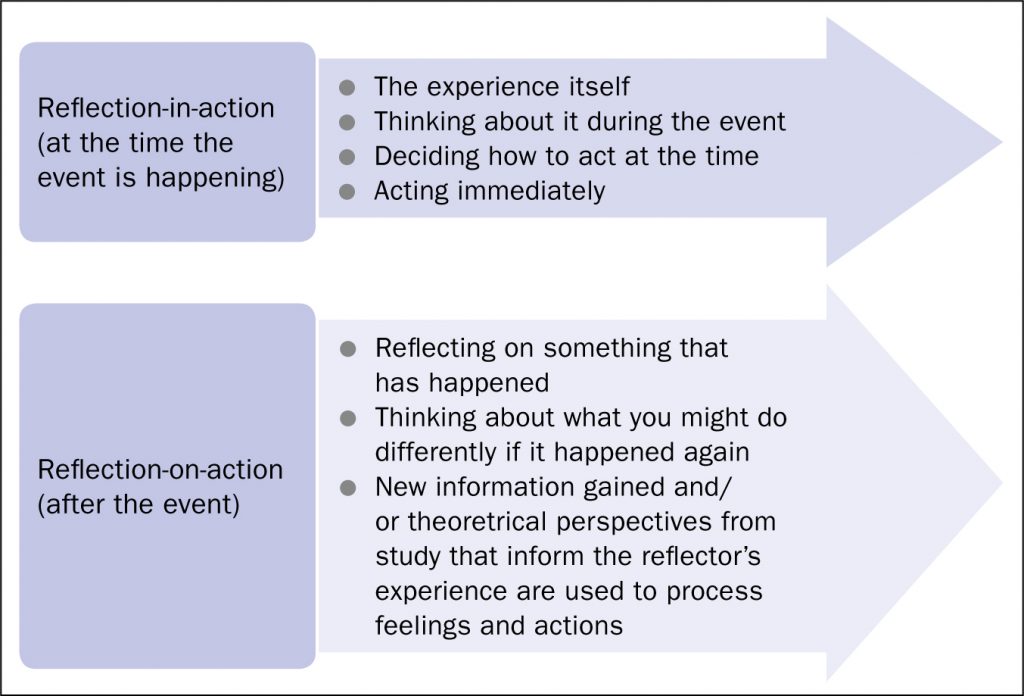
Reflection In Action
Due to the simulated nature of the interview, I found it significantly easier to calm my nerves beforehand as I knew the only thing resting on how I performed was the feedback I would receive rather than facing rejection at the hands of a company whose position I wanted. My nerves were promptly left behind and I no longer felt unnecessarily anxious about the task that lay ahead of me.
My preparation beforehand was admittedly scarce and I noticeably didn’t anticipate the questions I would face, leaving me to think up answers on the spot when I could have spent more time before entering the room trying to conjure up potential responses. One question I was given related to providing an example of a time when I had demonstrated good leadership skills, something I hadn’t thought of before and therefore struggle to answer. However, despite my lack of advanced thought, I managed to conjure up an answer that roughly followed the STAR technique I had learnt previously.
I had been made aware that producing “a staged, ‘textbook’ answer to a question is not the point of the interview”[2] , so I was overly conscious of ensuring that my answers were unique and would have set me apart from other candidates, but as this weighed heavily on my mind it’s highly likely it clouded my judgement and meant I, in fact, achieved the opposite of what I had set out to.
I found myself finishing the interview experience feeling slightly deflated as my answers were by far not as well structured, organised and thought-at as they could have been, however, I showed to both myself and the interviewers that I was able to think quickly and respond to the questions in an efficient manner once asked.
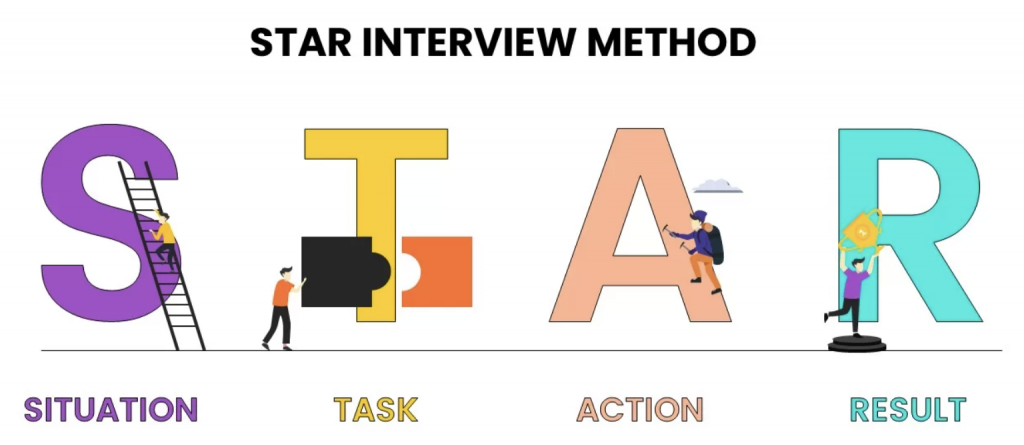
Reflection On Action
Following a sigh of relief that the process was over, I was able to read through my peer feedback and compare what the individuals interviewing me had commented on my review sheet with my own personal thoughts on how the experience played out.
I was subjected to a variety of helpful comments, many of which aligned with my own views that my answers were short in places and could have included further detail. I can relate this to my answers where the use of STAR as a rigid technique would have been beneficial, but I didn’t stop to think (or properly prepare myself) and allow myself to form an answer that succinctly addressed the Situation, Task, Action and Result elements. Looking back, I believe I used the ‘mini-STAR’ technique, a phrase coined by Alfredo Galassi, which is described as a “successful rescue technique” [3] that includes the main elements of the primary structure, but in a significantly shorter form.
I also felt that linking my experience to each of the questions asked and the skillset advertised within the role was something I struggled to do, often failing to apply what I had previously done or experienced to the situation ahead of me. This is something I can actively strive to achieve when answering future interview questions and have been grateful for the opportunity to reflect on and highlight these problems in my responses.
Alongside the criticisms I gave myself and received as part of the peer review, there were also a number of positive aspects of my interview, primarily focusing on my body language, eye contact and physical demeanour whilst the interview was conducted. I had already addressed this as one of my strengths prior to entering into the simulated setting, but it was uplifting to find that my nerves were hidden and I maintained a professional look and presence as I answered the questions.
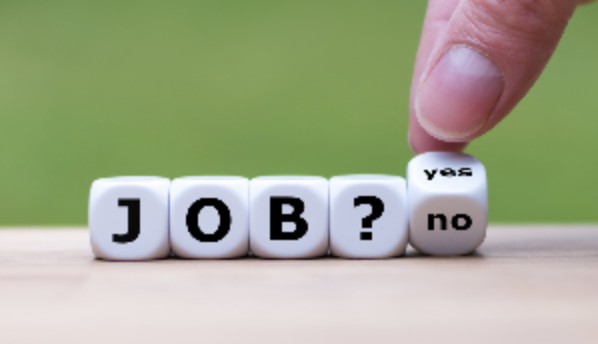
Conclusion
I found the simulated interview to be far more rewarding than I had initially expected, with the reflection process providing me with an opportunity to identify where my strengths and weaknesses lie. Schön’s Model has proved to be invaluable in offering an insight into successful reflection and has offered me the chance to refine my execution based on my past performance.
As with everything in life, there are plenty of things I can work on and improve, including learning how to correctly follow techniques such as STAR and being able to calm my nerves before the event so that I can perform as well as possible under the pressure.

Bibliography
[1] Schön D. (1983) The Reflective Practitioner: How Professionals Think in Action. NY: Basic Books.
[2] Fry, R. (2018) 101 great answers to the toughest interview questions. Open Road Media.
[3] Galassi, A. (2014) Long-term clinical and angiographic outcomes of the mini-STAR technique as a bailout strategy for percutaneous coronary intervention of chronic total occlusion. Canadian Journal of Cardiology.
You're Hired... I hope!
SIMULATED INTERVIEWS
You May Also Like

Job Interviews: Selling Yourself For A Pay Cheque
24 February 2023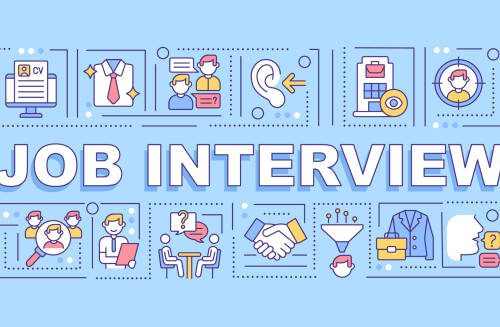
BE A S.T.A.R 🌟
14 February 2023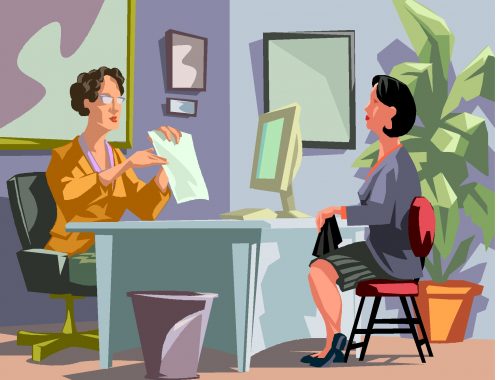

One Comment
Maisie Laughton
https://blogs.qub.ac.uk/ael3001-2022/2023/02/23/to-be-or-not-to-be-that-is-the-interview-question/